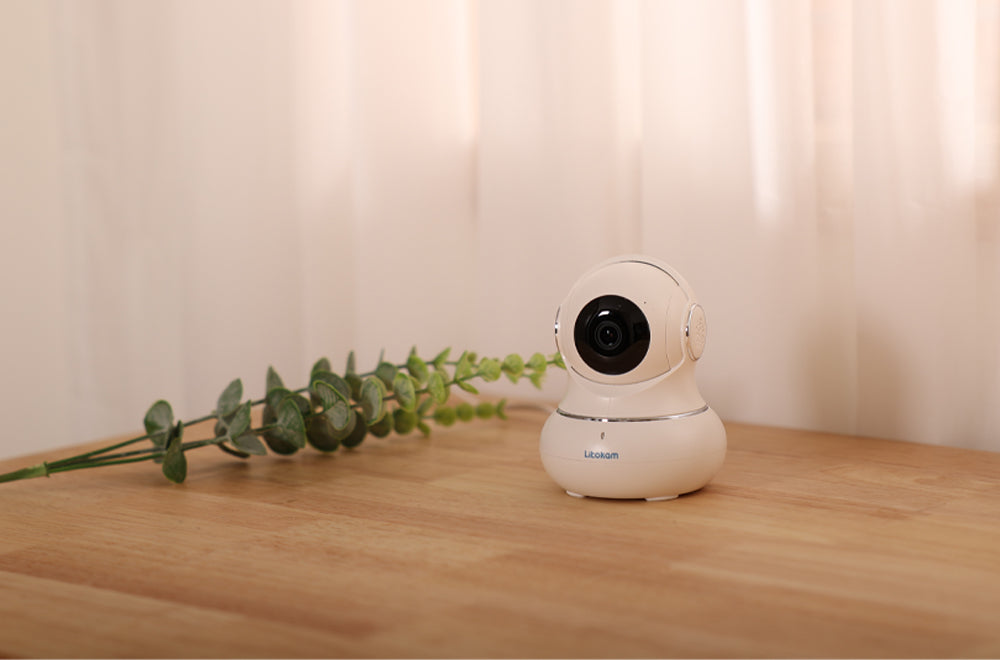
Continuous vs. Event-Based Recording: Which Method Suits Your Security Needs?
Choosing the right recording method for your home surveillance system is crucial. Do you opt for continuous coverage or select event-based recording to save on storage and energy? In this guide, we'll help you navigate the pros and cons of each approach, ensuring you make a decision that aligns perfectly with your security needs and lifestyle.
Contents
- What is Continuous Recording?
- What is Event-Based Recording?
- How to Choose the Right Recording Method for Your Needs?
What is Continuous Recording?
Continuous recording is a surveillance method where the system captures video non-stop, 24/7. This method ensures that every moment within the camera's field of view is recorded, offering no gaps in the recording timeline.
Why Choose Continuous Recording?
- Complete Coverage: It provides a comprehensive record of all events, ensuring that no critical moments are missed, even those that occur between triggered events.
- Simplicity and Reliability: Unlike methods that rely on motion sensors or other triggers—which can fail or be manipulated—continuous recording offers consistent and reliable operation.
What Are the Drawbacks of Continuous Recording?
- High Storage Requirements: Continuous recording generates a significant amount of data, necessitating substantial storage capacity, which can be costly.
- Increased Operational Costs: The non-stop operation of cameras increases energy use and maintenance needs, thus raising operational costs.
- Overload of Unnecessary Information: Reviewing hours of non-eventful footage can be inefficient and time-consuming for personnel.
What is Event-Based Recording?
Event-based recording is a selective approach where the camera records only when triggered by specific events, such as motion or sound. This method is advantageous for managing storage space and focusing on potentially significant incidents.
What Are the Benefits of Event-Based Recording?
- Efficient Storage Utilization: Recording only when triggered significantly reduces storage needs, making it a cost-effective option for home users.
- Focus on Key Events: This method allows homeowners to concentrate on pertinent incidents, facilitating the review of important footage without the need to sift through hours of irrelevant video.
- Reduced Power Consumption: Since cameras are not continuously recording, event-based systems typically consume less power, aiding energy conservation in a home setting.
- Enhanced Privacy: For those concerned about privacy, event-based recording minimizes the capture of everyday family activities and personal moments.
What Are the Limitations of Event-Based Recording?
- Potential for Missed Events: Important activities may go unrecorded if motion sensors or other triggers are poorly configured.
- Dependency on Sensor Sensitivity: The effectiveness of this recording method heavily relies on the accurate sensitivity and configuration of motion detection technology, which may require regular adjustments.
- Delayed Start to Recording: A slight delay between the detection of an event and the start of recording could result in missing the initial moments of an incident.
How to Choose the Right Recording Method for Your Needs?
Deciding between continuous and event-based recording for home surveillance involves considering various factors pertinent to your living situation and security needs:
- Privacy Concerns: In a home environment, privacy is paramount. Many homeowners opt for event-based recording to avoid capturing everyday private moments, focusing instead on potential security incidents.
- Budget Constraints: Continuous recording demands more storage and can incur higher equipment and maintenance costs. Assess your budget to determine if the expense is justified, or if event-based recording might be a more economical choice.
- Security Needs: Evaluate the level of security required. If concerns about theft or vandalism are high, continuous recording provides thorough coverage. For general monitoring, such as overseeing pets or checking for deliveries, event-based recording may suffice.
- Ease of Use and Management: Home surveillance systems should be user-friendly. Event-based systems are often simpler to manage as they record only essential events, streamlining footage review.
- Review and Response Requirements: Consider the frequency of footage review and typical incident response. If rapid response based on alerts is necessary, event-based recording with effective triggers can be more advantageous.
Conclusion
Both continuous and event-based recording offer valuable benefits and can be effectively utilized depending on specific needs and conditions. By understanding their advantages and limitations, you can make an informed choice that best fits your surveillance requirements, ultimately providing peace of mind and essential security for your property.